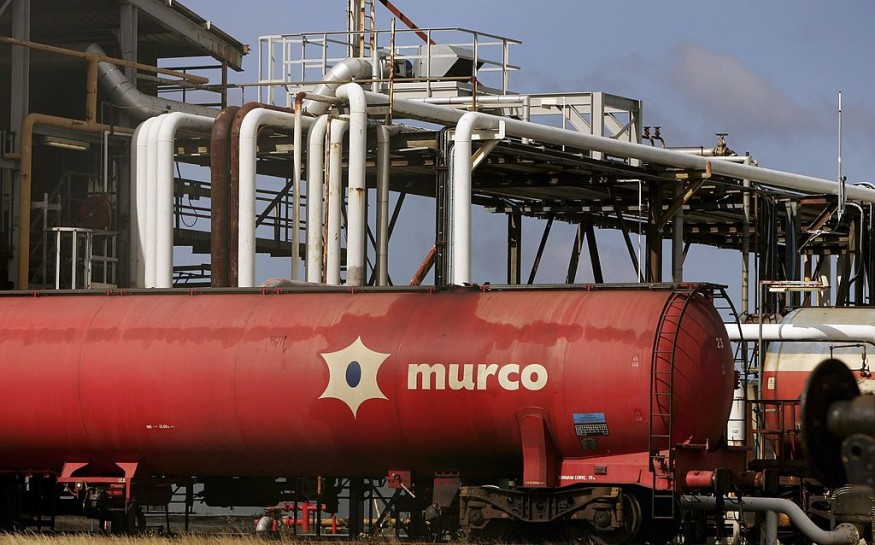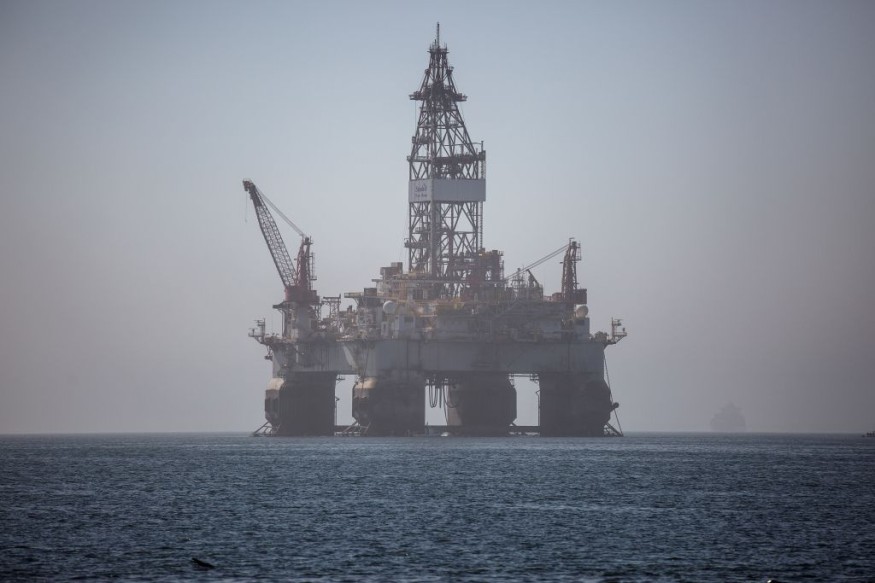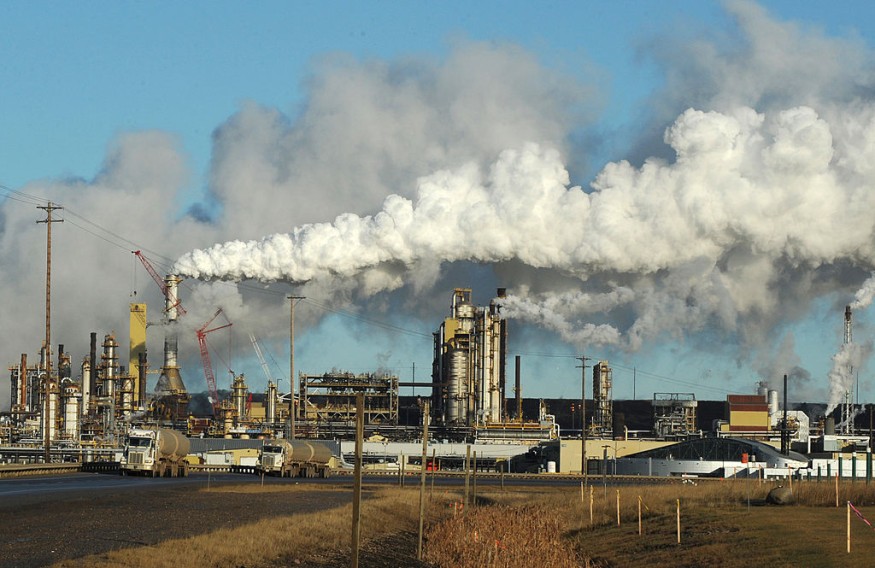Oil market surplus looks to be already here, with demand being hammered by Omicron and China's crackdown on independent refiners.

Oversupply
Oversupply has been a hot topic in the oil markets in recent months, and it appears that it may soon be a reality. The market bulls' exuberance has been dampened by the weakening of Asian oil demand, which has been sparked by China's zero-COVID regulations and Beijing's ongoing crackdown on independent refiners in Shandong. Brent is currently flirting with contango, a warning of oncoming oversupply. However, there are still some positive considerations, notably the low level of global stockpiles, which are presently about at March 2020 levels. However, with Omicron cases growing every day in European nations, it appears that supply will outstrip demand. ICE Brent fell to $73 per barrel against this backdrop, while WTI, the US benchmark, traded at roughly $70.5 per barrel.
Following an unexpected drop in US crude oil stocks, the market recovered some losses.
Related Article : Crude Oil Crashed as Threat of New Covid Variant Grows
Stockpiles

According to the most recent official statistics, crude oil stockpiles in the United States decreased by 2.1 million barrels last week, compared to expert projections of an increase of 1.4 million barrels. While the "oil market remains tight by all metrics," the IEA said on Tuesday. A pause in the price rise might be on the horizon... as a result of growing oil supply."
Oil producers are gradually being pushed to listen to consumers, as seen by OPEC+'s recent decision not to restrict production increases.
The grouping's decision occurred when producers and consumers were particularly concerned, and it highlighted the new realities and shifting dynamics of global markets.
On the surface, there were numerous compelling reasons for them to choose the latter option: the anticipated oversupply in the first half of 2022; the fear that a new strain of coronavirus could further reduce the rate of oil consumption; and the decision by the US and several other countries, including India, China, Japan, and South Korea, to release significant quantities of oil from their strategic reserves to the market to lower prices. Despite overwhelming arguments in favor of a freeze, the cartel chose to stick to its current output schedule.
OPEC+ Decision

Another crucial factor in OPEC+'s decision not to freeze output limits was the risk of upsetting the major oil-importing nations. Oil consumers are increasingly expanding their clout in the market these days. With the advancement of the energy revolution and the anticipated return of periodic market surplus, demand, rather than supply, is increasingly influencing the dynamics of oil and gas prices.
In 2022, an oil surplus is projected, and by 2030, there may be up to 10 million extra barrels per day on the market, according to some projections. Producers' attempts to apply pricing pressure by controlling output numbers are increasingly met with vehement customer opposition. At the same time, market predictions of oversupply and high levels of uncertainty provide producers with significant negotiating leverage.
For more news about making the environment sustainable, don't forget to follow Nature World News!
© 2025 NatureWorldNews.com All rights reserved. Do not reproduce without permission.





